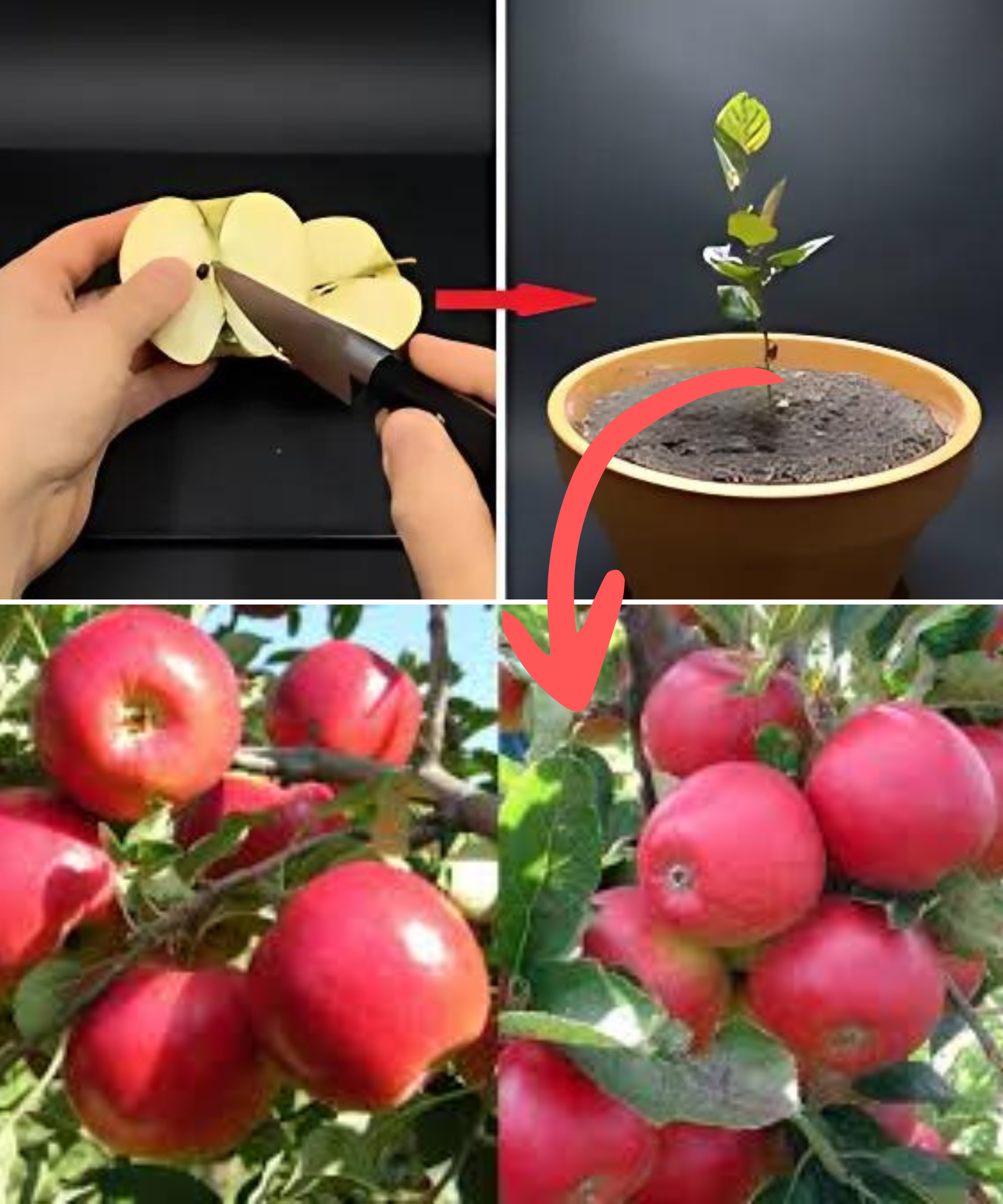Pruning an apple tree may seem daunting, but it’s easier than you might think. While some experts can make it sound complicated, it’s not as difficult as it appears. The key to learning is through practice, and even if your first attempt isn’t perfect, your tree will still produce apples. For beginners, the most important step is to start confidently. A common rule in pruning is to begin by removing branches that grow inward towards the center of the tree or cross and rub against others. This simple approach will help you understand that apple tree pruning is quite straightforward.
Preliminary Thoughts – Spindle, Half-Standard, or Full-Standard?
When starting out, it’s essential to consider the shape of your tree. Do you want a lower-growing tree (spindle) or a taller, full-standard or half-standard tree? In larger trees, branches begin about 1.5 to 1.8 meters above the ground, forming a rounded canopy. This form is common in orchard settings. However, for home gardens, smaller, spindle-shaped trees are more practical as they take up less space. These trees maintain a more conical shape, which allows better sunlight exposure and easier harvesting. Half-standard and full-standard trees will require a ladder for harvesting, making them more suitable for larger spaces like orchards.
Tips for Beginners – Understanding the Structure
Apple trees can be divided into two main categories: structural branches and fruit-bearing wood.
- Structural branches – These are the main framework of the tree. In spindle-shaped trees, they may consist of only one main branch, while larger trees have multiple layers of side branches, which shouldn’t be too close to one another. Over time, these branches thicken and form the backbone of your tree.
- Fruit-bearing wood – This consists of smaller, fruit-bearing branches that grow along the structural branches. These branches often develop after regular pruning, so if you don’t see them immediately, don’t worry – they will come with time.
Steps to Start Pruning
Begin by focusing on the structural branches, as fruit does not grow directly on them. Start by cutting away any branches that grow inward toward the center of the tree or cross and rub against others. Remove any dead or damaged branches as well. Next, eliminate any “water shoots” – these are long, whip-like shoots that grow straight upwards, often near the base of the trunk. Additionally, cut away any branches that grow downward below the horizontal line, as these will receive insufficient sap and yield fewer apples. If these downward branches are healthy, they can be shortened instead of removed entirely, which may encourage better growth.
If you want a fruit-bearing branch to grow in the place of a water shoot, leave a small 1 cm stump after cutting. This will promote the growth of flowering wood.
Concentrating on the Framework
The goal when pruning apple trees is to maintain a balanced shape. The structural branches should create a strong framework that supports the tree. This is referred to as achieving “sap balance,” where branches of equal strength grow at similar heights. In spindle-shaped trees, the entire structure should resemble a pyramid. While perfection isn’t necessary, the general shape should be conical for better sun exposure and airflow.
Pruning the Fruit-Bearing Wood
The smaller, fruit-bearing branches don’t require much pruning. You should ensure that the structural branches are evenly covered with these fruit-bearing branches. Avoid letting any of these branches grow too long or too weak, and prune only those that grow too far downward. For older, non-productive branches, you can cut them back to a 1 cm stump, which will encourage new fruit-bearing wood to grow from dormant buds.
When is the Best Time to Prune?
March is often considered the optimal month for apple tree pruning, but the window is actually much larger. You can begin as early as the fall after harvest, especially if the weather is mild. Pruning during this time gives you the advantage of having more time to dispose of the pruned material over winter. If you prefer, you can wait until winter or early spring, as long as there is no heavy frost. However, by mid-April, the tree will begin developing buds, so it’s best to finish pruning by then to avoid damaging them.
With these simple tips, even beginners can confidently prune their apple trees and ensure healthy growth and fruit production.
